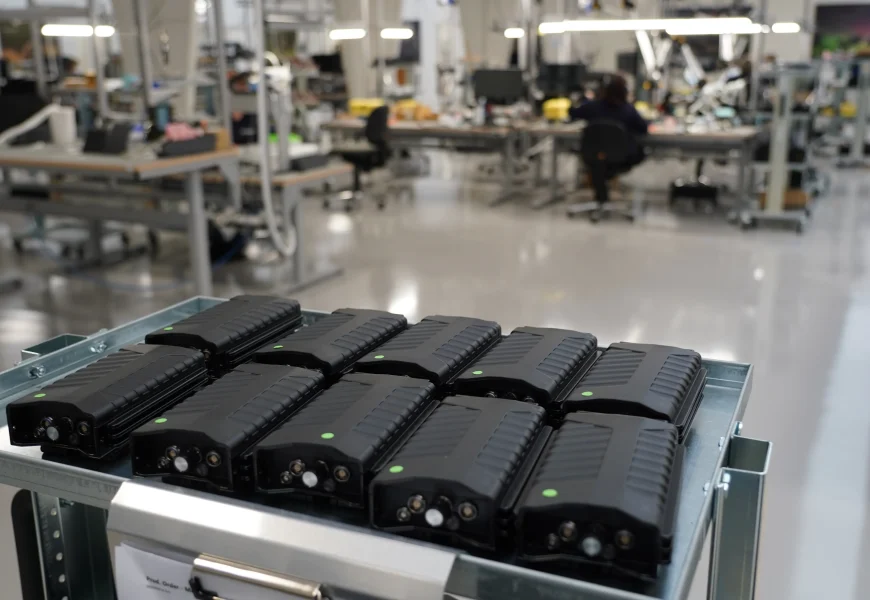AALBORG, Denmark (AP) – In a warehouse more than 1,500 kilometers (900 miles) from Ukraine’s capital, workers in northern Denmark painstakingly piece together anti-drone devices. Some of the devices will be exported to Kyiv in the hopes of jamming Russian technology on the battlefield.
This anti-drone technology is used on the Ukrainian battlefield and in NATO airspace after flyovers
AALBORG, Denmark (AP) – In a warehouse more than 1,500 kilometers (900 miles) from Ukraine’s capital, workers in northern Denmark painstakingly piece together anti-drone devices. Some of the devices will be exported to Kyiv in the hopes of jamming Russian technology on the battlefield, while others will be shipped across Europe in efforts to combat mysterious drone intrusions into NATO’s airspace that have the entire continent on edge.
Two Danish companies whose business was predominantly defense-related now say they have a surge in new clients seeking to use their technology to protect sites like airports, military installations and critical infrastructure, all of which have been targeted by drone flyovers in recent weeks.
Weibel Scientific’s radar drone detection technology was deployed ahead of a key EU summit earlier this year to Copenhagen Airport, where unidentified drone sightings closed the airspace for hours in September. Counter-drone firm MyDefence, from its warehouse in northern Denmark, builds handheld, wearable radio frequency devices that sever the connection between a drone and its pilot to neutralize the threat.
So-called “jamming” is restricted and heavily regulated in the European Union, but widespread on the battlefields of Ukraine and has become so extensive there that Russia and Ukraine have started deploying drones tethered by thin fiber-optic cables that don’t rely on radio frequency signals. Russia also is firing attack drones with extra antenna to foil Ukraine’s jamming efforts.

